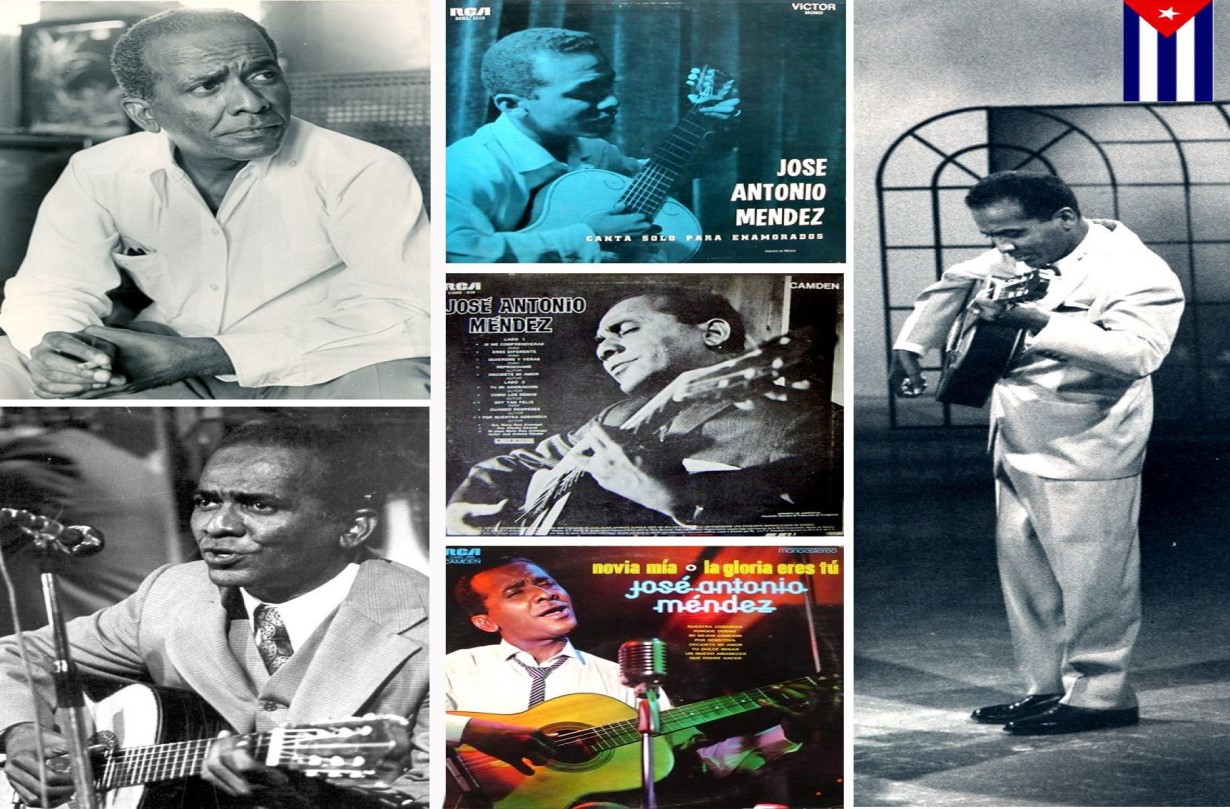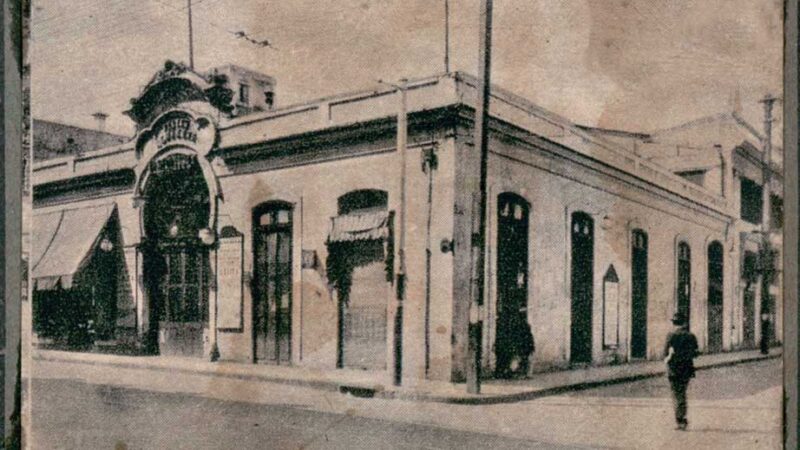José Antonio Méndez and the filin of all times

At the end of the 1940s, the Cuban music scene witnessed the birth of the filin. With antecedents in trova and bolero, the genre changed the way musicians composed and performed songs.
Although it had a wide representation of actors, the scarce musical training and humble origins of its exponents determined the identity and scope of the new romantic musical style.
José Antonio Méndez was one of the founders of this movement. Today, his songs continue to demonstrate the scope and quality of a genre that has stood the test of time. Songs like La gloria eres tú, Novia mía and Ese sentimiento que se llama amor are timeless. Understanding the man behind them helps to understand why.
«They usually say he was hoarse, but nobody sang sweeter than José Antonio Méndez,» says guitarist Marta Valdés. And it’s true. The wonderful husky man articulated his compositions with a clear tone and exquisite intonation.
Born on June 21, 1927, in the Los Pinos neighborhood of Havana, José Antonio’s childhood was marked by the efforts and sacrifices of his parents. He managed to attend senior high school studies and dedicated himself to performing as a hobby.
His home was filled with figures such as Manuel Corona, Rosendo Ruiz and Sindo Garay. Music ran through his veins and at the age of 13 he won a first prize at the Corte Suprema del Arte.
Around 1946 he composed Por mi ceguedad and Novia mía, and the following year he wrote La gloria eres tú, an instant hit popularized by Mexican singers Toña La Negra and Pedro Infante.
At that time, his professional career continued to rise and the radio station Mil Diez was the home of most of his projects. He was a member of the trio Xochimilco and of the group Loquibambia, which included reonwned singers such as Omara Portuondo, Alberto Menéndez and Jorge Mazón.
He also played a prominent role in the Musicabana publishing house, an enterprise organized by trade union leader Lázaro Peña, in which he participated as part of the struggle for authors’ rights and the defense of Cuban authors, performers and arrangers in the face of the hegemony of the U.S. commercial monopolies.
Around 1949, he left Cuba and settled in Mexico at the invitation of the Santiago-resident singer Pepe Reyes. In the country of the Aztecs, his work was praised and had excellent precedents. This allowed him to work with personalities of the stature of Agustín Lara, Lucho Gatica, Vicente Garrido and Gonzalo Curiel. At the same time, several groups and authors included his songs in their repertoire and he collaborated with Benny Moré, Dámaso Pérez Prado and Ninón Sevilla.
Between 1955 and 1956, he was able to record the first songs of his original pieces, along with others by authors such as César Portillo de la Luz, and in 1957 another testimony of the success achieved at that time was released: José Antonio Méndez canta solo para enamorados, his first album.
After January 1, 1959, he returned to Cuba and composed the piece Me faltabas tú. The Cuban Jazz Club was founded in his honor, and in 1967 he was named president of the Cuban Society of Musical Authors.
José Antonio’s compositions pass effortlessly through all eras, adjusted to filin as poetry built on the art of capturing the imperishable in a constant but not hackneyed way.
According to Cuban composer and guitarist Rosendo Ruiz Suárez, the song in the filin is expressed rather than sung, and is full of images, intimacy and poetry. According to him, Méndez’s songs were dominated by form and melodic fluidity, the correct use of harmonic sequences, the coherence of the text and its exact correspondence with the melodic accents.
He wanted the audience to understand his music in a direct and uncomplicated way. However, he never renounced the beauty of form or the intensity of emotion.
Translated by Luis E. Amador Dominguez



